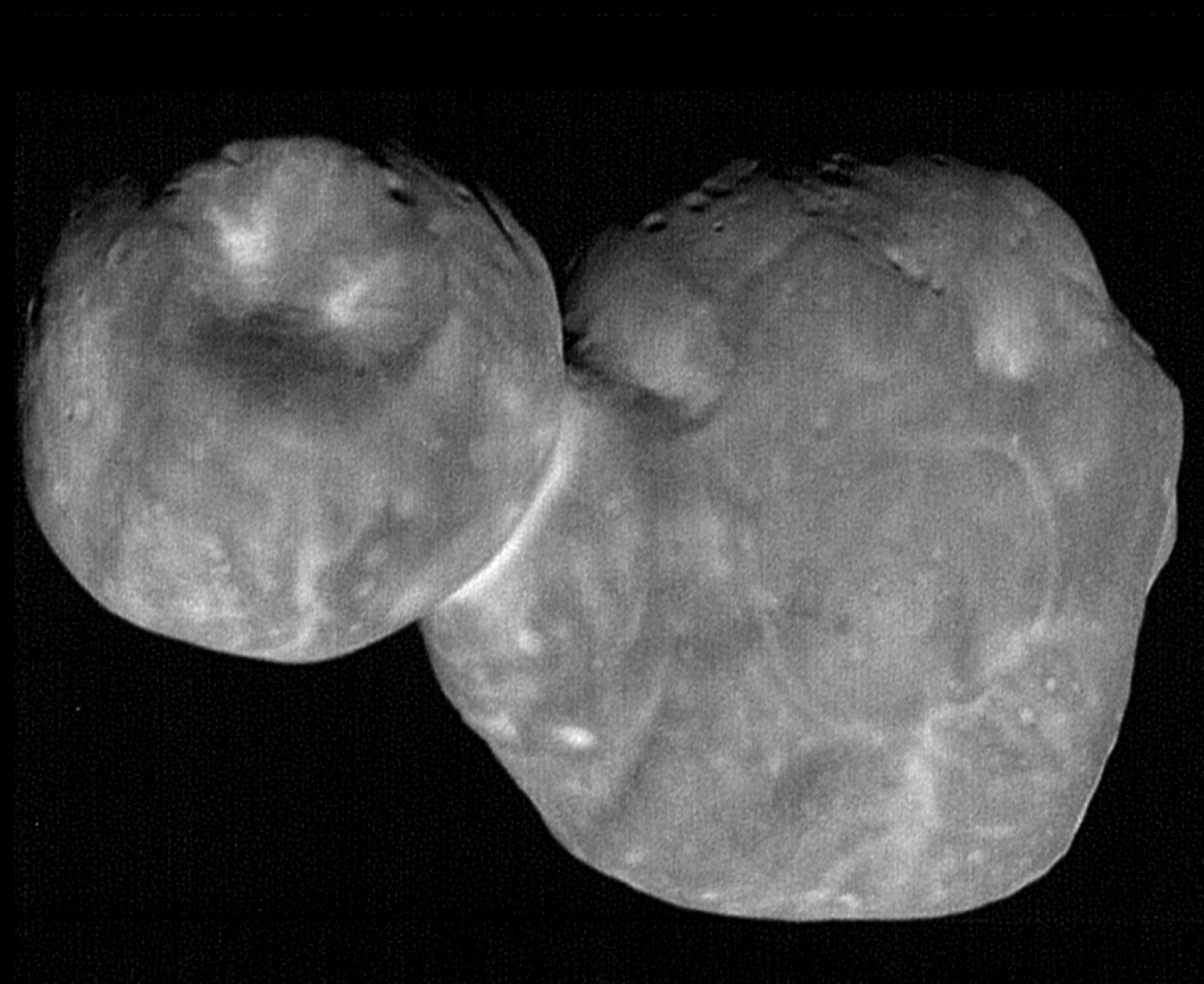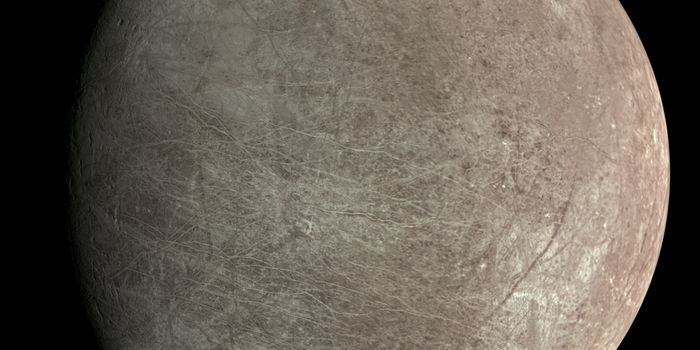These Are the Clearest Images of Ultima Thule So Far
NASA’s New Horizons spacecraft flew past the Kuiper Belt Object (KBO) Ultima Thule (also known as 2014 MU69) on New Years’ Day, and while the American space agency has been sharing a steady stream of images from this flyby mission, none of those have been quite as clear as the ones you’re about to see.
Image Credit: NASA/Johns Hopkins Applied Physics Laboratory/Southwest Research Institute, National Optical Astronomy Observatory
Citing a public statement by NASA, these are “the most detailed images of Ultima Thule,” and they were captured by New Horizons’ Long-Range Reconnaissance Imager (LORRI) instrument mere minutes before the probe made its closest approach to the small, icy body in the middle of Kuiper Belt at 12:33 A.M. Eastern time on January 1st.
As you might come to expect, the staff at NASA are somewhat excited to see the fruits of their work materializing. Positioning the New Horizons probe to fly so closely (within 2,200 miles) to such a tiny object this far away from Earth necessitated meticulous planning, but it resulted in outstanding images.
"Bullseye!” exclaimed Alan Stern, the principal investigator of the New Horizons mission. “Getting these images required us to know precisely where both tiny Ultima and New Horizons were — moment by moment – as they passed one another at over 32,000 miles per hour in the dim light of the Kuiper Belt, a billion miles beyond Pluto. This was a much tougher observation than anything we had attempted in our 2015 Pluto flyby."
Related: A closer look at Ultima Thule post-flyby
As it would seem, these latest images sport an impressive resolution of roughly 110 feet per pixel; that’s a higher resolution than any other image ever captured by New Horizons’ science instruments, and depending on New Horizons’ fate, these could be highest resolution images the spacecraft will ever obtain.
“These 'stretch goal' observations were risky, because there was a real chance we'd only get part or even none of Ultima in the camera's narrow field of view,” Stern added. “But the science, operations and navigation teams nailed it, and the result is a field day for our science team! Some of the details we now see on Ultima Thule’s surface are unlike any object ever explored before.”
Related: New Horizons performs a historical flyby of the dwarf planet Pluto and grabs unprecedented photographs
The new images are remarkably crisp, enabling planetary scientists to judge Ultima Thule’s surface features in ways they never could before. In particular, NASA points out a bevy of bright and dark regions that may denote impact craters, collapse pits, or sublimation pits, but we still know so little about Ultima Thule that it’s challenging to tell for sure.
Worthy of note, an older batch of New Horizons flyby images revealed that Ultima Thule was actually much flatter than astronomers initially anticipated. This finding, as well as the markings on Ultima Thule’s surface, have implications about the KBO’s mysterious past. A closer analysis may help astronomers learn more about how Ultima Thule formed and its distinctive properties.
It should be interesting to see NASA’s next batch of images, but for now, you can keep a close eye on NASA’s New Horizons website for new postings.
Source: NASA, New Horizons









